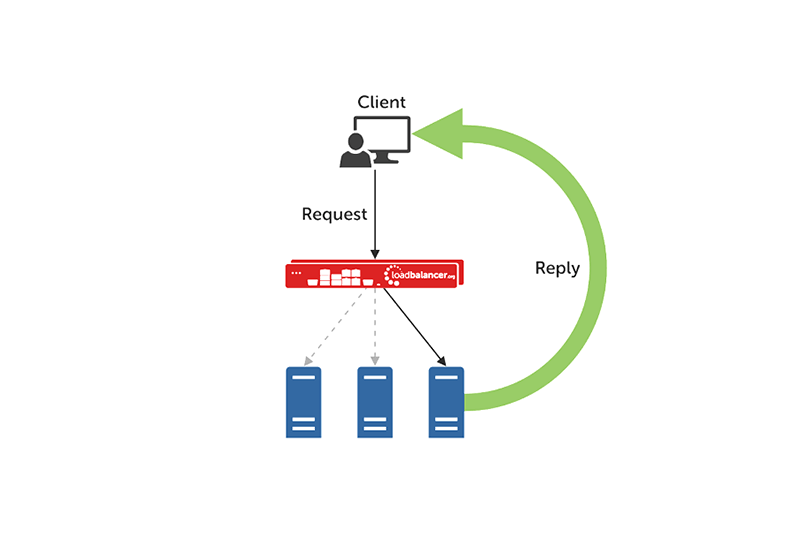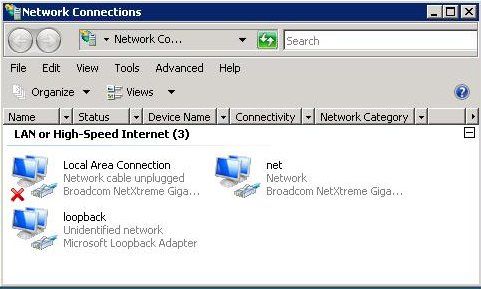
 Greg Ashwell
on
•
7 mins
Greg Ashwell
on
•
7 mins
How to overcome the peculiarities of load balancing Cisco ACI environments
A customer was having challenges deploying load balancers in their Cisco ACI environment. So we set to work finding a solution.







